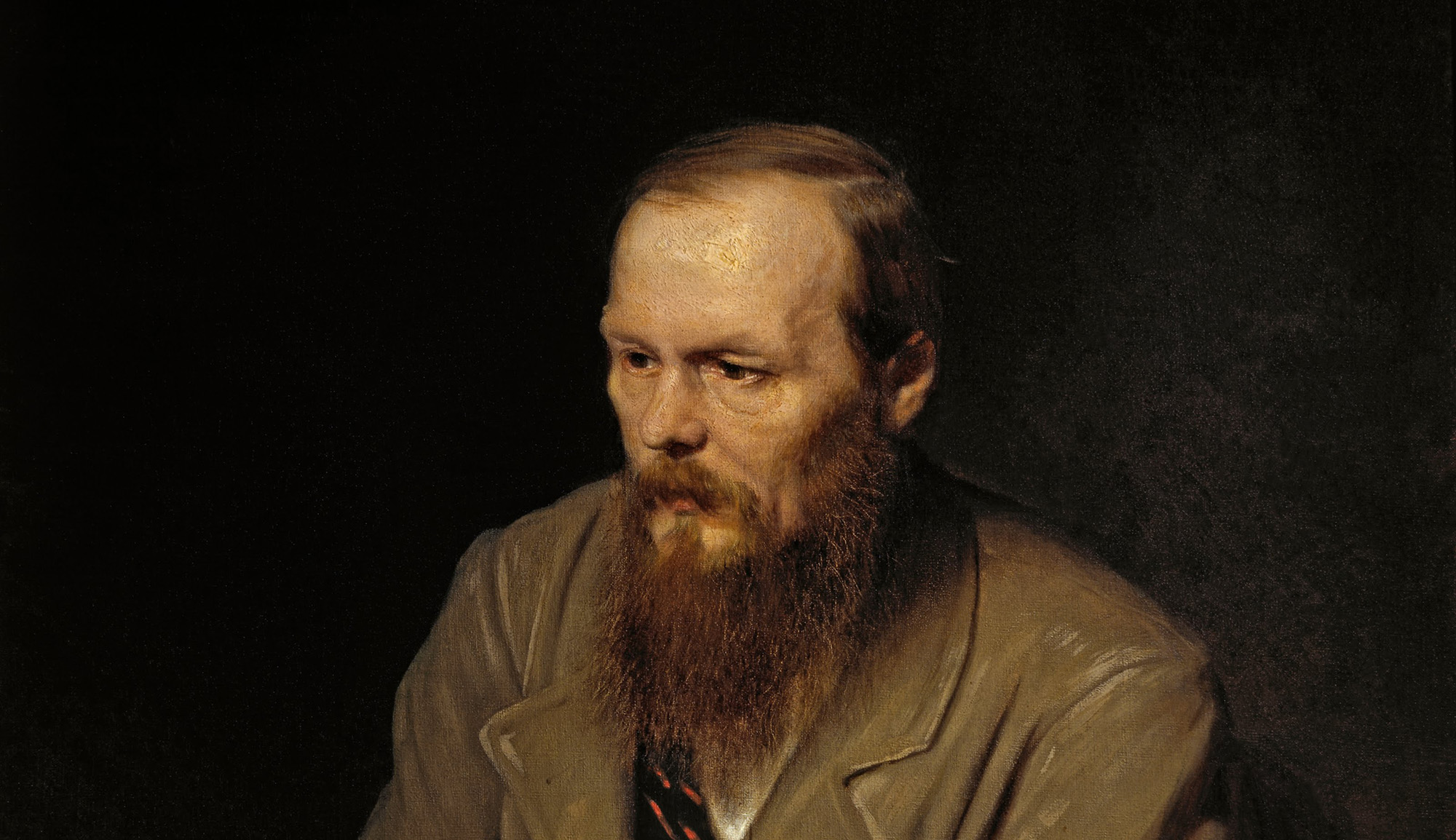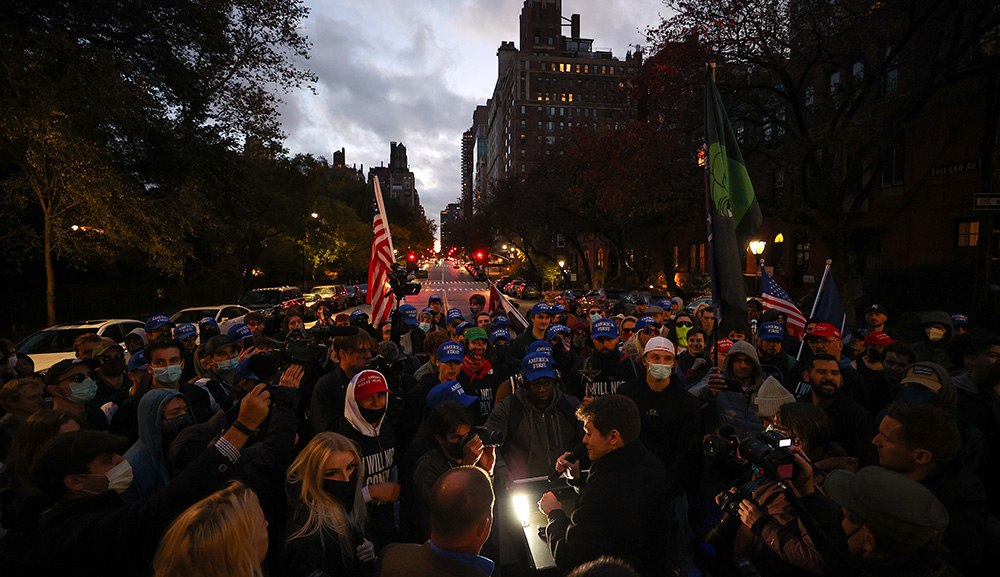Born in Poland in 1894, and immigrating to the U.S. in 1940, Artur Szyk was a talented and versatile artist whose work appeared in the New York Post and on the covers of both Time and the Manhattan phonebook—among many other publications. He was a lifelong Zionist and a committed patriot of both his native and adopted countries. J. Hoberman reviews an exhibit of his work currently on display at the New-York Historical Society, which he calls “a jewel box overflowing with concentrated gem-like images of Jewish heroes and Nazi monsters.” (The exhibit runs until January 21, 2018.)
Most of Szyk’s images were made for reproduction in books, magazines, and newspapers. To see the originals, many of which are surprisingly small opaque watercolors (or gouaches), is to be dazzled by the painter’s technique and the fact that he evidently worked without a magnifying glass.
Szyk is a singular figure in 20th-century art—at once a remarkable craftsman, a political activist, a successful commercial artist, a ferocious cartoonist, and the inventor of a style closer to medieval illuminated manuscripts than any sort of contemporary expression. He was also an unabashed propagandist with a taste for patriotic pomp and sturdy Muskeljuden [“muscular Jews”]. . . .
Although he is best known now for his illuminated Haggadah, produced during the late 1930s, Szyk was even more celebrated during the period of World War II. Then, close to ubiquitous, with his work regularly featured in national magazines, he was America’s most dogged, and perhaps most prominent, anti-fascist artist. . . . A close friend of Ze’ev Jabotinsky, providing illustrations for his novel Samson the Nazirite, [Szyk] was a fervent supporter of Franklin Roosevelt as well as an advocate for Jabotinsky’s [acolyte], Peter Bergson. . . .
Where the irrepressible [Marc] Chagall created a wildly successful synthesis of expressionism, fauvism, cubism, and invented folk art, Szyk’s images, some taken from the book of Esther, were precise and self-contained—as decorative, symmetrical, and intricately patterned as Oriental rugs. Although, like Chagall, Szyk would paint Jesus as a symbol of Jewish suffering, he was more traditional and also more political: one of his major works was a triptych of Jewish martyrdom in tsarist Russia, medieval Spain, and Roman-occupied Palestine.
More about: Arts & Culture, Jewish art, World War II, Ze'ev Jabotinsky


